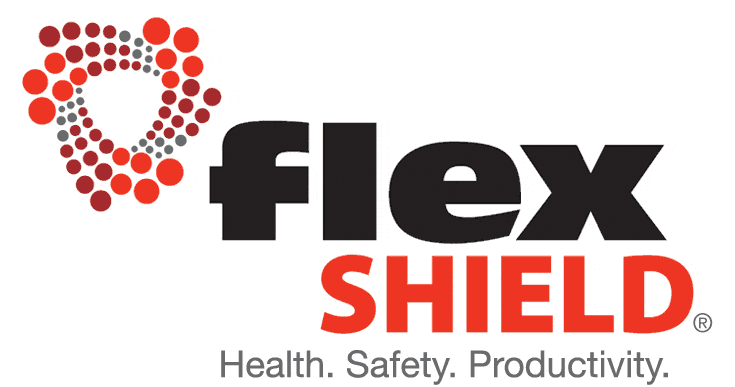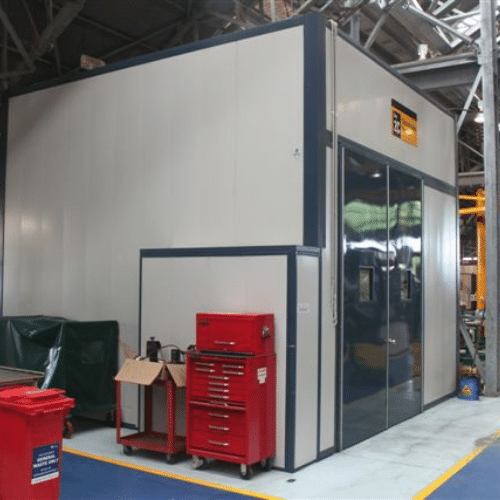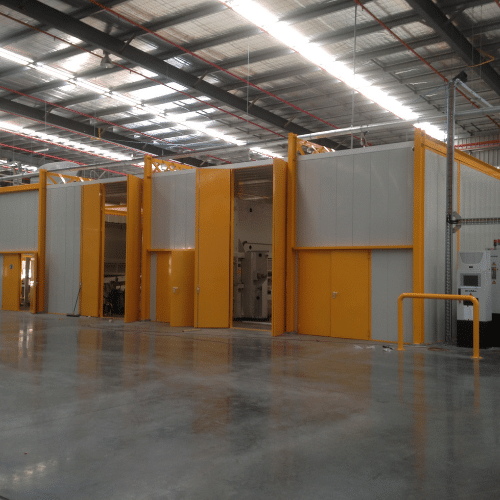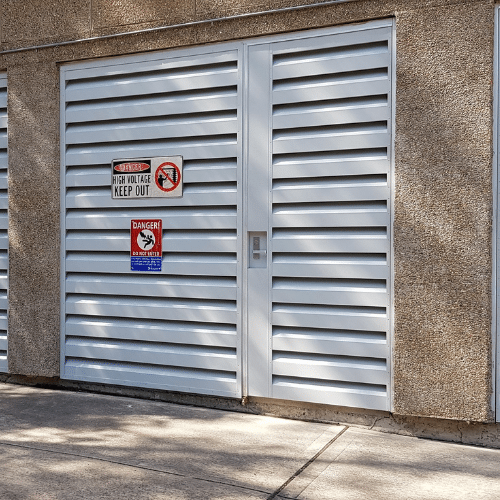Call 1300 799 969 | Contact Us


Home » 3 Steps to Resolving Industrial Noise
It sometimes feels as though the world has gone mad with noise. Offices, classrooms, shopping centres – even our homes are noisier than they were just a decade ago.
Yet there’s one type of noise that always seems to be ‘acceptable’: industrial noise. It shouldn’t be! Industrial noise is controllable.
In 1970 the Australian government, concerned about the effects of noise, began to take steps to control it. Today, all states have legislation regarding noise exposure in the workplace – Leq (8 hour) levels above 85 dBA. In many industrial settings though, it’s still common for staff to be exposed to levels more significant than this.
‘Ringing in the ears’ after a day at work is nature’s warning that the hearing mechanism is overloading. Repeating this overloading will cause permanent hearing loss.
Industrial noise exposure firstly results in a loss of sensitivity to sound at the mid to high frequencies of 1,000 to 10,000 Hz. That means a deaf or hard-of-hearing person can still hear the lower frequency vowel sounds but cannot understand a conversation.
The NSW ‘Occupational Health & Safety (Noise) Regulation 1996’ places the responsibility for hearing loss compensation with the claimant’s last noisy employer.
Fortunately, hearing loss due to industrial noise is preventable. There are three straightforward steps you can take to resolve industrial noise and protect your employees’ hearing.

The first step in resolving industrial noise is to engage a specialist industrial noise control company such as AcousTech (part of the Flexshield Group) to conduct a noise survey and sound analysis of your industrial environment.
Some of the data gathering methods the acoustic engineer may use include:

AcousTech’s engineers will work with the knowledgeable Flexshield team to provide a turnkey, customised noise attenuation solution, without compromising on worker efficiency and productivity.
When designing and engineering the ideal noise control solution, we consider all the issues that affect the individual site, such as:

All Flexshield industrial noise control products adhere to strict local (AS/NZS) and international (ISO) standards.
Hearing protection being used by workers to reduce the amount of noise reaching the ear. While hearing protectors are a standard solution to the problem of occupation noise, they are uncomfortable to wear. Enforcing their use is a significant management problem.
For this reason, the best solution for controlling industrial noise is an engineered solution, such as:
Acoustic doors not only provide security to protect hardware and equipment, they also provide an excellent noise control solution. Flexshield acoustic doors provide up to Rw52 acoustic ratings and are tailor-made for each industrial site and application.
Acoustic louvres are most commonly used around the mechanical plant or incorporated into plant room walls. They act as a vent to improve airflow while reducing the amount of noise from the penetration. Acoustic louvres are particularly useful when working in an environment that creates large amounts of fumes, such as welding or grinding, or where heat is generated and natural airflow is required.
Acoustic enclosures are designed and manufactured for each project, using a combination of the above products and others. As their name suggests, this solution encloses the noise source, making it ideal for generators, pumps, motors, noisy saws or CNC machines, and HVAC equipment.
To avoid fines and compensation claims, contact the team at Flexshield today. We can work with you to test, design, manufacture and install the right industrial noise control solution for your business. Contact us online or call 1300 799 969.